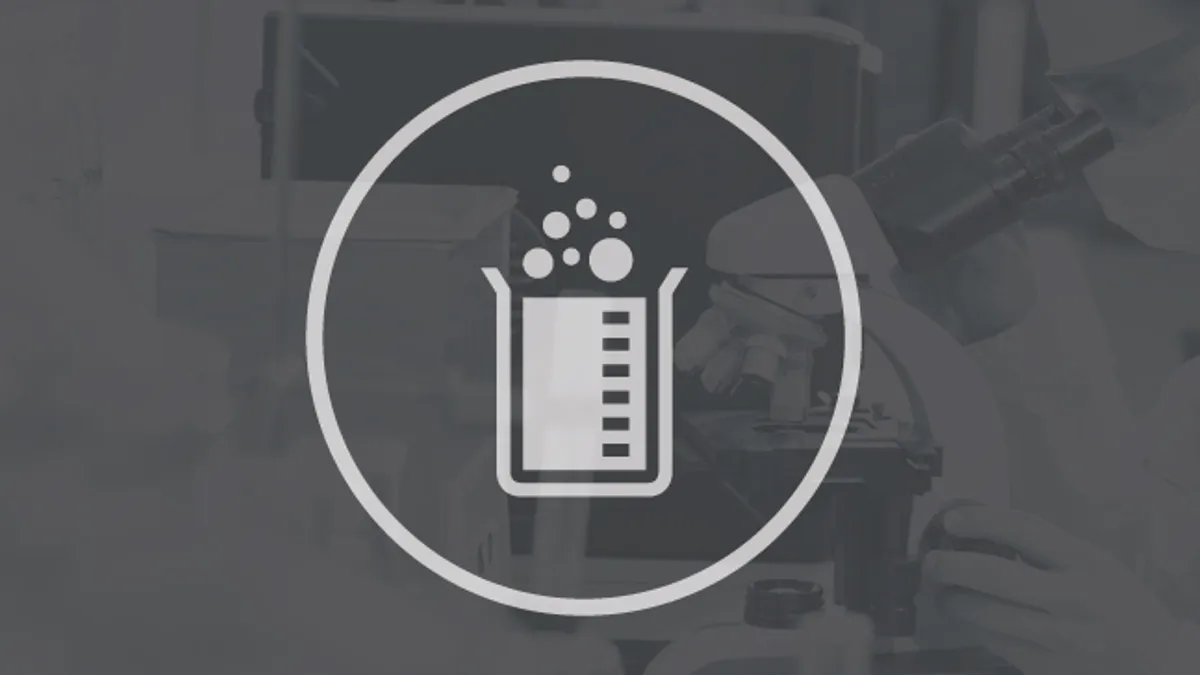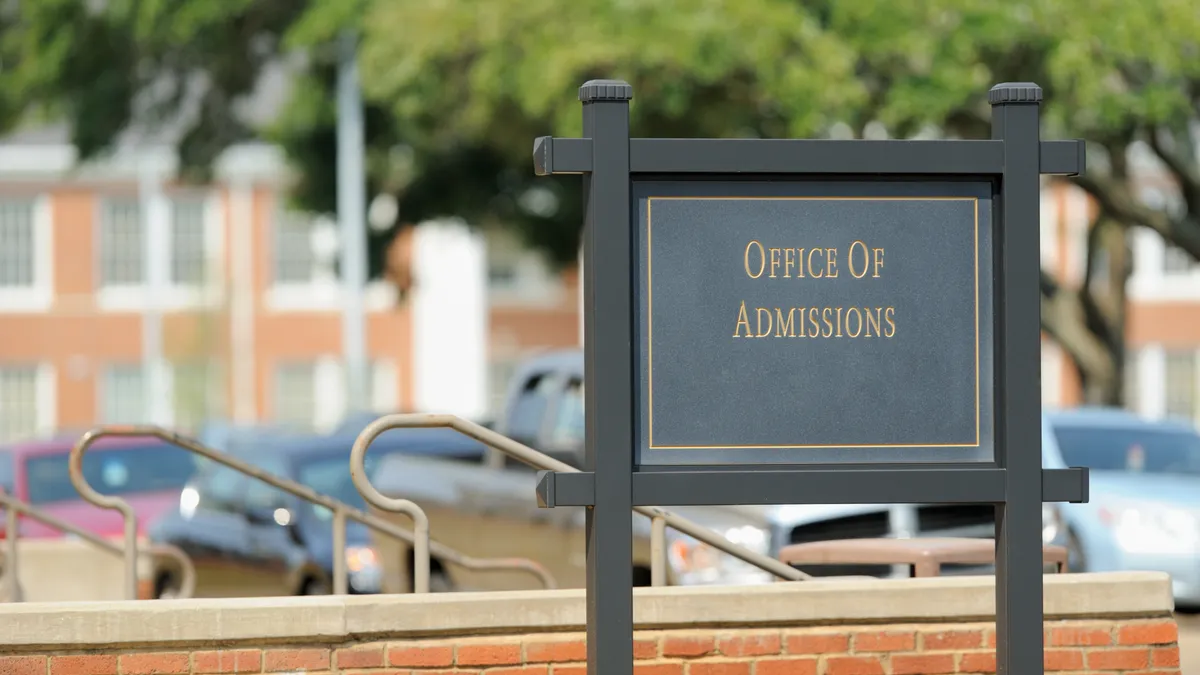“What’s up with chicks and science?”
The inquiry — often referred to as the “Larry Summers question,” named after the former Harvard President, who drew criticism for attributing lack of gender diversity in STEM fields to genetic differences between men and women — was cheekily presented to a panel of science experts at the 2014 Center for Inquiry conference, where Dr. Neil deGrasse Tyson was quick to respond.
“I've never been female. But I have been black my whole life, and, so, let me perhaps offer some insight from that perspective...” said Tyson. "Throughout my life, I've noticed that I've wanted to do astrophysics since I was nine years old [...] I can say … the fact that I wanted to be a scientist, an astrophysicist, was, hands down, the path of most resistance through the forces of nature, the forces of society. Any time I expressed this interest, teachers would say, 'Oh, don't you want to be an athlete? Oh, don't you want to' — I wanted to become something that was outside of the paradigms of expectation of the people in power.”
Now one of the most well-known scientists in the world, Tyson says he has reflected on why others like himself from diverse backgrounds have not been able to reach the level he enjoys today — which also happens to be the same question that most higher education and K-12 leaders are asking themselves more and more: Why aren’t there more minorities and women in STEM?
But rather than assuming the problem lies with the students — as suggested in the Larry Summers question — Tyson says we ought to look more outwardly to the systemic challenges that actually prevent these otherwise talented students from entering and excelling in the field. A first quick look at the data ought to raise a few eyebrows.
The National Center for Education Statistics shows from 2008 to 2015 the percentage of STEM degrees and certificates were granted to women in the U.S. dropped from 65.1% to 60.4%. And in terms of race, NCES shows that in the same period the same percentage of degrees going to going to blacks and hispanics didn’t really change much, hovering at around 9% and 10% respectively. But at the same time, performance standards from National Assessment Educational Progress report show girls ranked about the same on the science test as men. And since 2009, both blacks and hispanics saw overall percentage point increases in scores as well.
Decent and increasing performance, combined with declining rates of degrees among underrepresented groups, presents a much different picture than the one suggested by many in the industry of diverse students and women naturally lagging behind their counterparts. Rather, these statistics serve to show that students are perfectly capable, but K-12 and higher education stakeholders could do a better job all throughout the education pipeline of making opportunities open to these students and providing adequate supports.
For instance, a 2017 survey of 11,500 girls across 12 European countries commissioned by Microsoft found girls’ interest or confidence all throughout the pipeline in STEM is a high determinant of whether they get into the field. Remarkably, 60% of respondents said they would feel more confident pursuing a STEM career if they thought men and women were being treated equally in those fields.
So with this in mind, it’s critical that higher education leaders continue to provide financial opportunities for low-income and socioeconomically diverse students to pursue STEM degrees, as well as partner with K-12 organizations to create programs that increase accessibility. But there’s also another factor, which is much easier to start addressing and can also be game-changing — and, it comes down to saying this: “Yes, you can do it,” and “How can I help?” Fixing an unequal education system isn’t going to happen overnight, and the playing field isn’t going to level out anytime soon either. Talking about personal difference now is a waste of time, says Tyson, especially when throughout his own experience he saw educators telling him he couldn’t do what he thought he could.
"My life experience tells me that when you don't find blacks in the sciences, you don't find women in the sciences, I know that these forces are real, and I had to survive them in order to get where I am today. So before we talk about genetic differences, you've got to come up with a system where there's equal opportunity, then we can have that conversation."
Educators across the spectrum do have the power to inch students forward and build confidence in their abilities, rather than blaming them. And if that’s not happening, those grandiose funding projects and collaborative initiatives are only going to get us so far. In other words —it’s really us, not them.
This column is part of Education Dive: Higher Ed's "Dive Into STEM" column, which will run on the second Friday of every month.





















